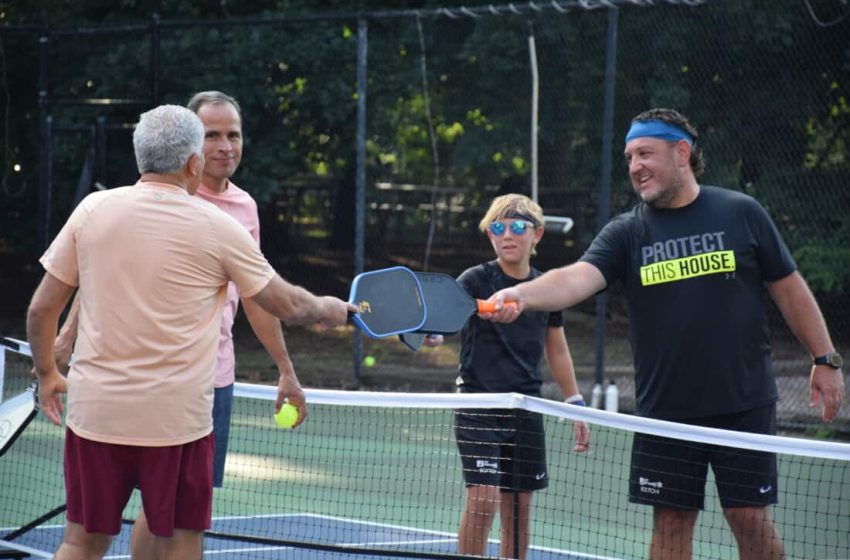Pickleball Courts: The Heart of the Game

Pickleball courts serve as the pulsating center of the sport, where players of all ages and skill levels come together to engage in thrilling matches and foster vibrant communities. In this comprehensive guide, we’ll delve into every aspect of pickleball courts, from their dimensions and layout to construction, maintenance, and beyond.
I. Introduction to Pickleball Courts
Pickleball courts embody the essence of the sport, providing a dedicated space for players to showcase their skills and immerse themselves in the exhilarating gameplay. Originating from humble beginnings, pickleball courts have evolved into meticulously designed arenas that cater to the needs of players worldwide.
II. Dimensions and Layout
Central to the pickleball court are its standardized dimensions, meticulously crafted to ensure fairness and consistency across competitions. Measuring 20 feet wide and 44 feet long, pickleball courts offer ample space for singles and doubles matches, with distinct zones delineated for serving, volleying, and strategic maneuvers.
III. Surface Types and Materials
The surface of a pickleball court plays a pivotal role in shaping the gameplay experience, influencing ball bounce, player movement, and overall performance. From traditional asphalt to state-of-the-art acrylic, pickleball courts come in a variety of surface materials, each offering unique characteristics and challenges.
IV. Court Construction and Maintenance
Building a pickleball court requires careful planning and execution to meet regulatory standards and ensure player safety. Proper maintenance is equally essential, with regular inspections and repairs necessary to uphold the integrity and functionality of the court.
V. Accessories and Equipment
A well-equipped pickleball court is essential for an immersive and enjoyable playing experience. From sturdy nets and paddles to boundary lines and seating areas, every element contributes to the overall ambiance and functionality of the court.
VI. Pickleball Court Regulations and Standards
Pickleball courts adhere to strict regulations and standards to uphold fairness and integrity in gameplay. From net height adjustments to surface friction coefficients, these standards ensure uniformity and consistency across venues and competitions.
VII. Variations and Adaptations
While standardized pickleball courts form the backbone of the sport, variations, and adaptations cater to the diverse needs and preferences of players. From outdoor courts with all-weather surfaces to indoor facilities with climate control, pickleball courts come in myriad forms to accommodate different playing environments.
VIII. Community and Social Aspects
Beyond the confines of competitive play, pickleball courts serve as vibrant hubs of social interaction and community engagement. Whether it’s organized tournaments, casual meet-ups, or shared leisure time, pickleball courts foster camaraderie and connection among players of all backgrounds.
IX. Future Trends in Pickleball Courts
As the popularity of pickleball continues to soar, the future of pickleball courts holds exciting possibilities. From eco-friendly materials to advanced technology integration, innovative trends promise to enhance the playing experience and sustainability of pickleball courts for generations to come.
X. Conclusion
Pickleball courts stand as enduring symbols of camaraderie, competition, and shared passion for the sport. As players step onto the court, they embark on a journey of skill, strategy, and sportsmanship, guided by the timeless principles that define the essence of pickleball.

